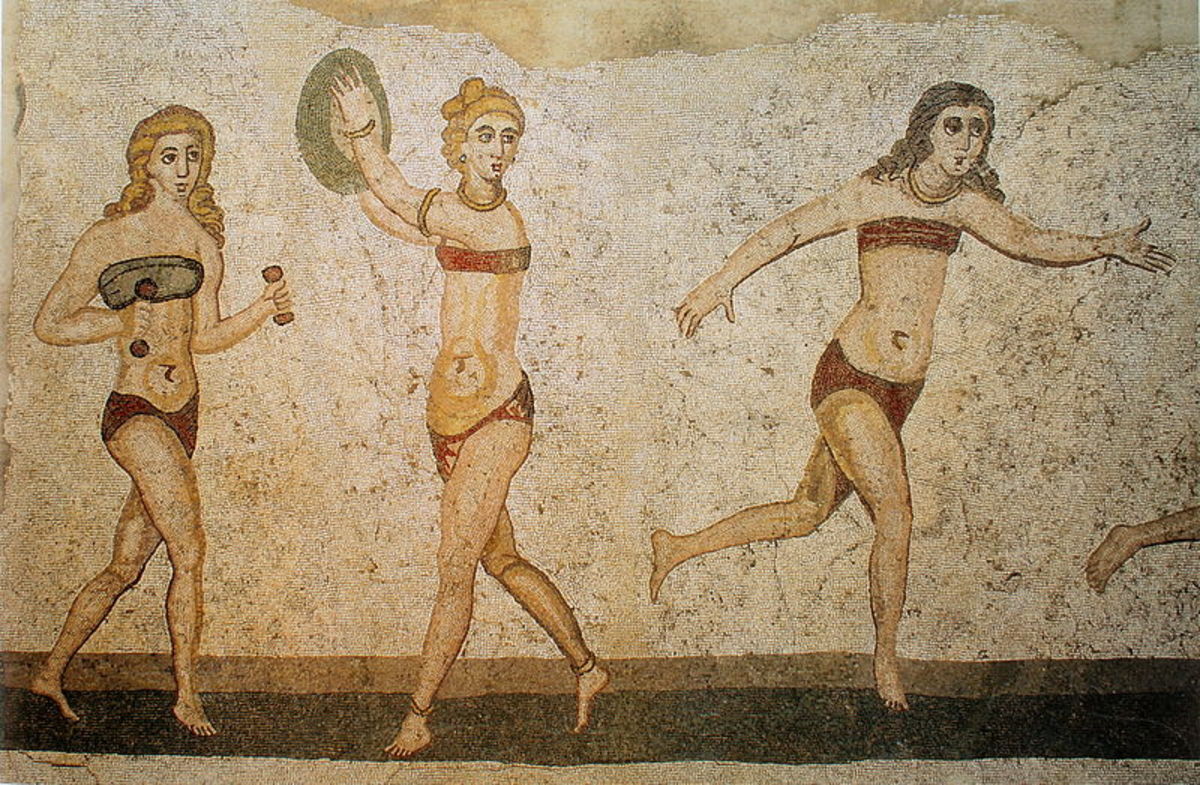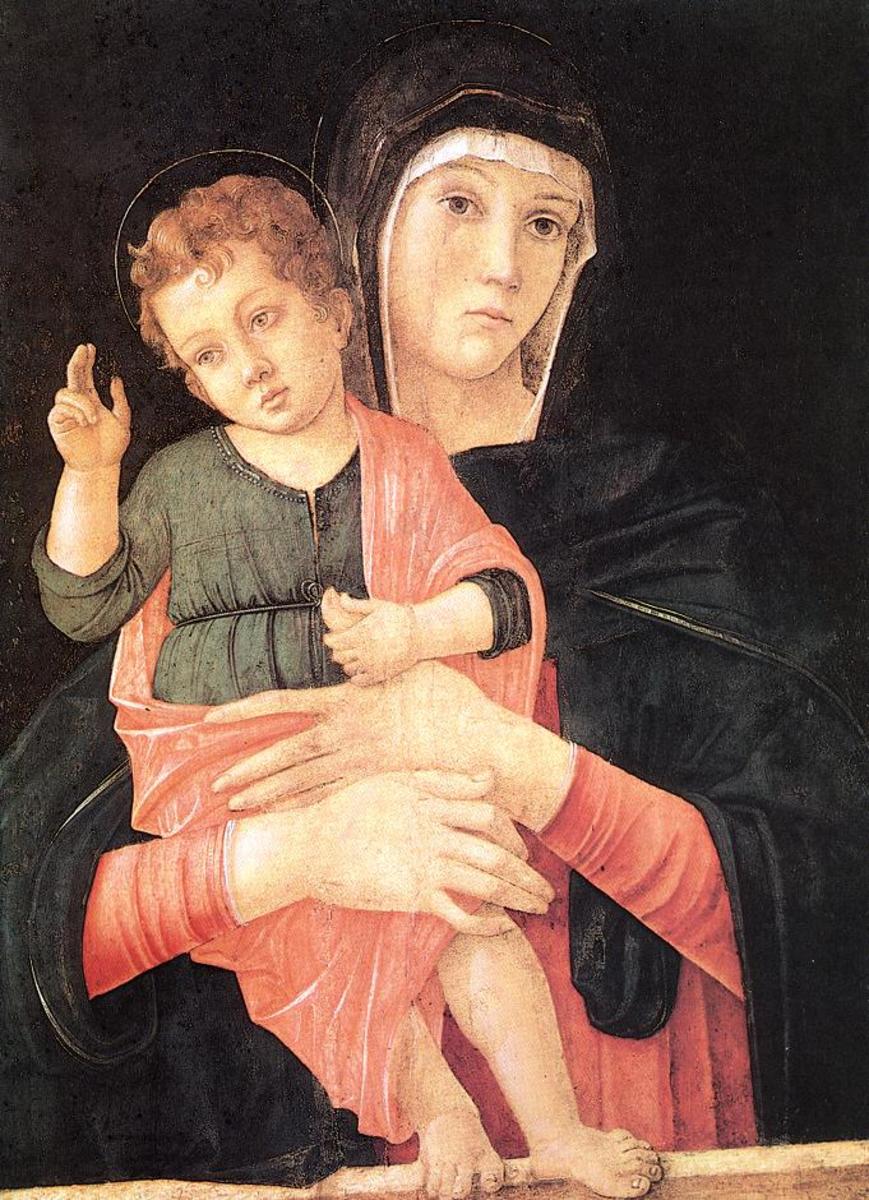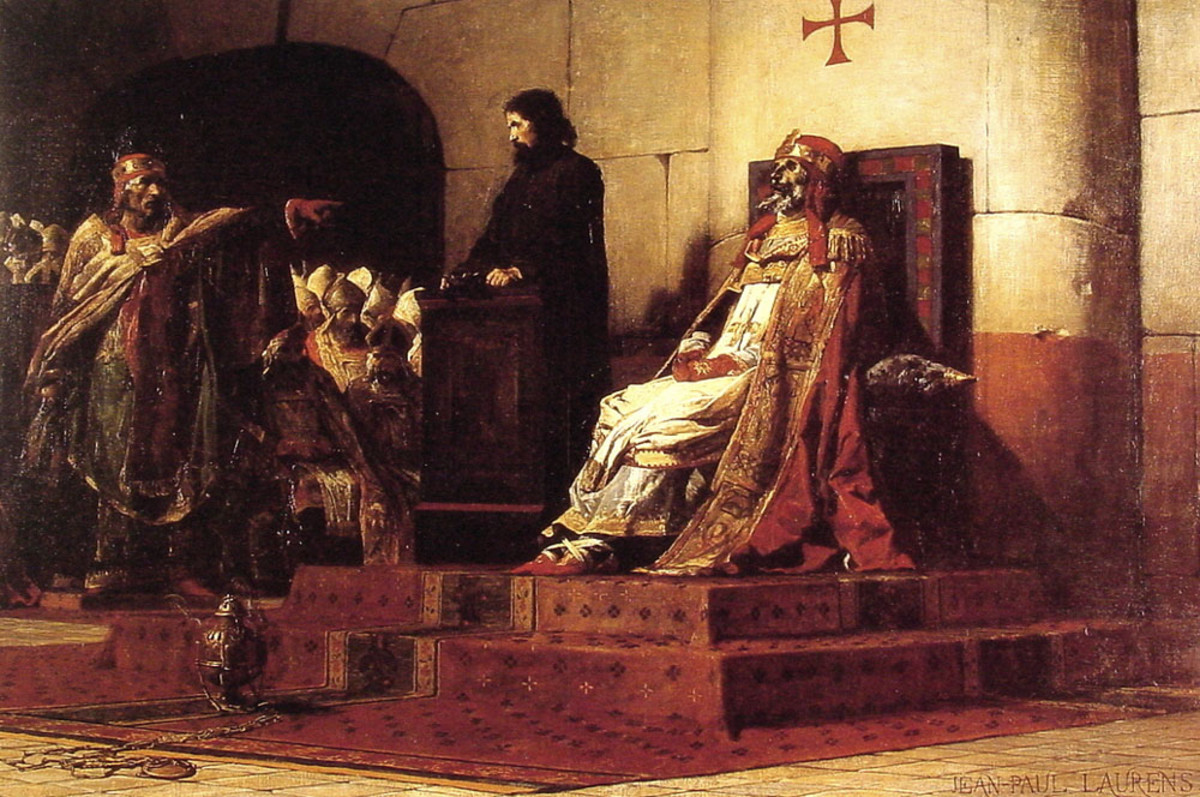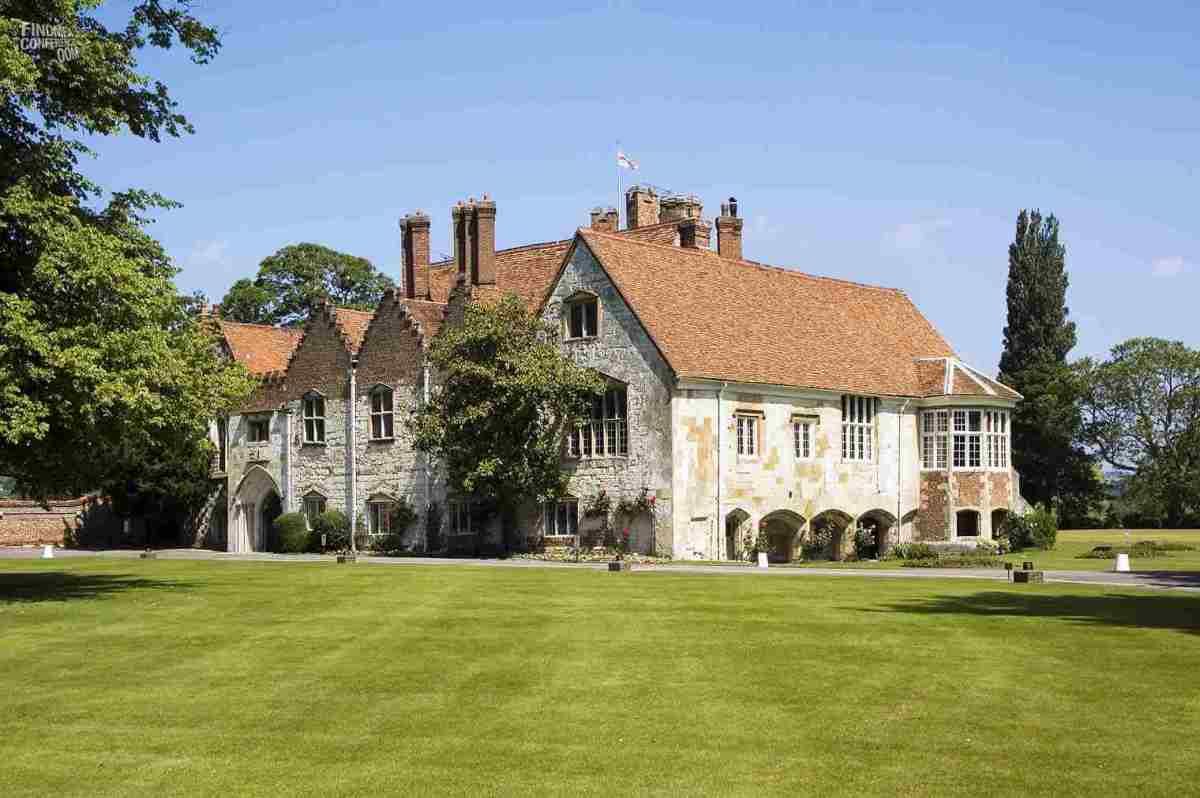Catacombs Of Rome
Catacombs of Rome
Catacombs of Rome are ancient Jewish and Christian underground burial places near Rome, Italy.
Etruscan's used to bury their dead in underground chambers. Christians revived the practice because they did not want to cremate their dead due to their belief in bodily resurrection. Hence they began to bury their dead, first in simple graves and sometimes in burial vaults of pro-Christian patricians.
The first large-scale catacombs were excavated from the 2nd century onwards. Originally they were carved through soft rock outside the boundaries of the city, because Roman law forbade burial places within city limits. At first they were used both for burial and the memorial services and celebrations of the anniversaries of Christian martyrs (following similar Roman customs). They probably were not used for regular worship. Many modern depictions of the catacombs show them as hiding places for Christian populations during times of persecution. This is unlikely, however, since the large numbers of decaying corpses would have made the air nearly (if not completely) toxic. Additionally, the general locations of the catacombs were known to the Roman officials, making them a poor choice for a secret hiding place.
There are forty known subterranean burial chambers in Rome. They were built along Roman roads, like the Via Appia, the Via Ostiense, the Via Labicana, the Via Tiburtina, and the Via Nomentana. Names of the catacombs – like St Calixtus and St Sebastian alongside Via Appia – refer to martyrs that might be buried there.
Christian excavators built vast systems of galleries and passages on top of each other. They lie 7-19 meters (22-65 ft) below the surface in area of more than 2.4 km² (600 acres). Narrow steps that descend as many as four stories join the levels. Passages are about 2.5x1 meters (8x3 feet). Burial niches were carved into walls. They are 40-60 cm (16-24 in) high and 120-150 cm (47-59 in) long. Bodies were placed in chambers in stone sarcophagi in their clothes and bound in linen. Then the chamber was sealed with a slab bearing the name, age and the day of death. Fresco decorations were typically Roman. The catacomb of Saint Agnes is a small church.
In 380, Christianity became a state religion. At first many still desired to be buried in chambers alongside martyrs. However, the practice of catacomb burial declined slowly, and the dead were increasingly buried in church cemeteries. In the 6th century catacombs were used only for martyrs’ memorial services. Apparently Ostrogoths, Vandals and Lombards that sacked Rome also violated the catacombs, possibly looking for valuables. By the 10th century catacombs were practically abandoned, and holy relics were transferred to above-ground basilicas. In the intervening centuries they remained forgotten until they were accidentally rediscovered in 1578, after which Antonio Bosio spent decades exploring and researching them for his volume, Roma Sotterranea (1632).
Archeologist Giovanni Battista de Rossi (1822-1894) published the first extensive professional studies about catacombs. In 1956 and 1959 Italian authorities found more catacombs near Rome. The catacombs have become an important monument of the early Christian church.
Currently maintenance of the catacombs is in the hands of the Papacy which has invested the Salesians of Don Bosco the supervision of the Catacombs of St. Callixtus on the outskirts of Rome.
They have frequently been a topic in classical music, featuring in one of Respighi's Pini di Roma and in Mussorgsky's
St. Valentine's Catacombs in Rome
A procession in the catacomb of Callistus.
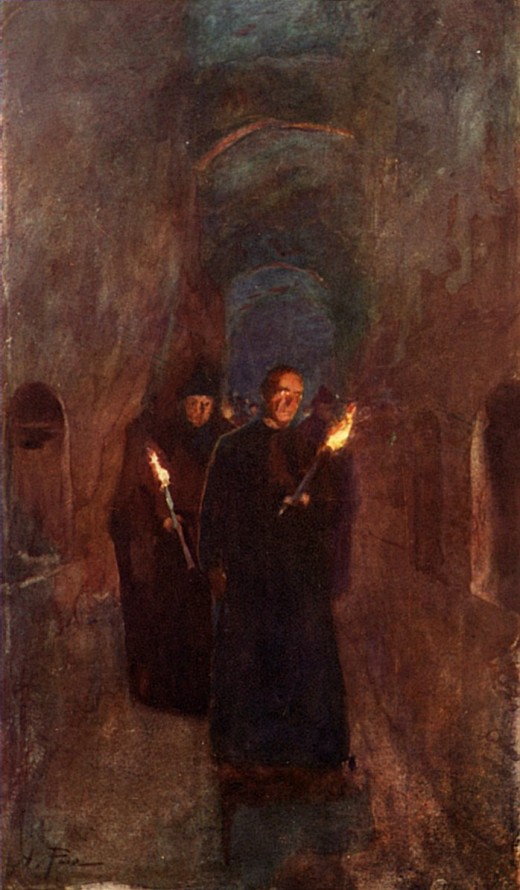
Catacombs Rome - entrance
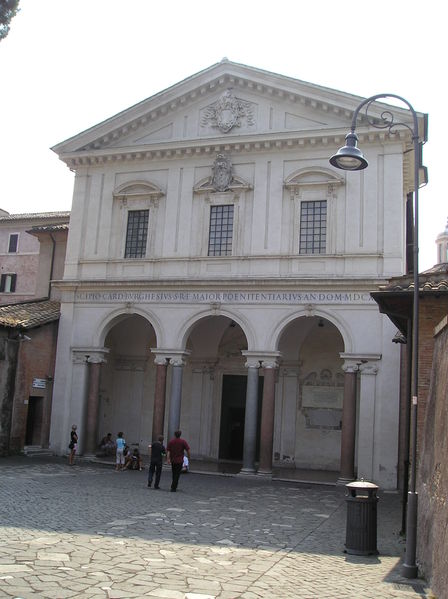
Catacombs Rome - entrance 2
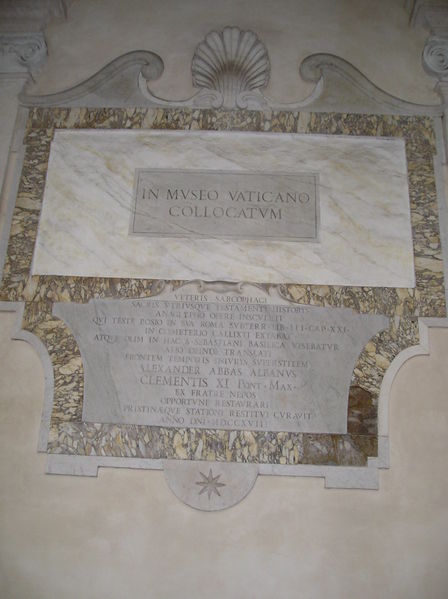
Beatrice Cenci,

Romes Most Famous Ghost
Beatrice Cenci (1577-99)
Rome's most famous ghost is that of a young lady who belonged to one of the powerful noble families of the late Renaissance. She is said to appear on the night between September 10 and 11, along the bridge that leads to Sant'Angelo Castle.
Her story inspired paintings (G.Reni), tragedies (P.B.Shelley) and novels (A.Dumas, Stendhal).
Beatrice was the son of Francesco Cenci, an aristocrat who, due to his violent temper and immoral behaviour, had found himself in trouble with the papal justice more than once. In Rome, they lived in a mid 16th century mansion in Regola district, built over the ruins of a previous medieval fortified palace.
Together with them lived also Beatrice's elder brother Giacomo, Francesco's second wife Lucrezia Petroni, and Bernardo, the young boy born after the man's second marriage. Among their other possessions was a castle in Petrella Salto, a small village near Rieti, north of Rome.
Even at home Francesco Cenci behaved as a brute. He abused his wife and his sons, and had reached the point of committing incest with Beatrice.
He had been jailed for other crimes, but thanks to the leniency which the nobles were treated with, he had been freed too soon. The girl had tried to inform the authorities about the frequent mistreatments, but nothing had happened, although everybody in Rome knew what kind of person Francesco Cenci was. When he found out that his daughter had reported against him, he sent Beatrice and Lucrezia away from Rome, to live in the family's country castle.
Exasperated, the four Cenci had no better choice than to try to get rid of Francesco, and all together they organized a plot.
In 1598, during one of Francesco's stays at the castle, two vassals (one of which had become Beatrice's secret lover) helped them to drug the man, stab him with a long nail through his eye and his throat, and hide the corpse.
But somehow his absence was noticed, and the papal police tried to find out what had happened. Beatrice's lover was tortured, and died without revealing the truth. Meanwhile a family friend, who was aware of the murder, ordered the killing of the second vassal, to avoid any risk.
The plot was discovered all the same, and the four members of the Cenci family were arrested, found guilty, and sentenced to death.
The common people of Rome, knowing the reasons of the murder, uprose against the tribunal's decision, obtaining a short postponement of the execution. But pope Clement VIII, despite his name, showed no mercy at all: on September 11, 1599, at dawn, they were taken to Sant'Angelo Bridge, where the scaffold was usually built. They set off from the prison of Corte Savella, ill-famed because of the inhumane treatment received by the convicts. In via di Monserrato, on the ancient site of the building, now no longer standing, in 1999 Rome's Municipality hung a commemorative plaque that says:
.
At first, Giacomo was quartered with a mallet, and had his limbs torn off and hung in the four corners; then Lucrezia and finally Beatrice took their turn on the block, to be beheaded with a sword.
Only the young boy was spared, yet he too was led to the scaffold to witness the execution of his relatives, before returning to prison and having his properties confiscated (and given to the pope's own family!).
Beatrice was buried in the church of San Pietro in Montorio. For the people of Rome she became a symbol of resistance against the arrogant aristocracy, what still brings her back to the bridge every year, on the night before her death, carrying her severed head in her hands.
The tragic story of Beatrice had a further sad epilogue, which undoubtly fostered this legend, as even after her death, she did not rest in peace. During Rome's occupation by Napoleon's troops (late 18th-early 19th centuries), some French soldiers smashed her tomb in San Pietro in Montorio, scattered her remains, which were never retrieved, and - it is said - even played with her skull.
Catacombs Paris
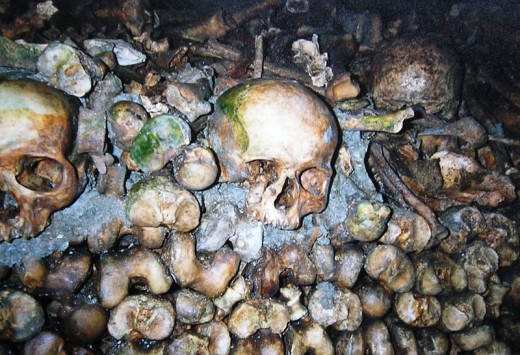
The original catacombs are a network of underground burial galleries near San Sebastiano fuori le mura, in Rome. The word now refers to any network of caves, grottos, or subterranean place that is used for the burial of the dead, or it can refer to a specific underground burial place. Famous examples are:
* Catacombs of Rome in Italy
* Catacombs of Paris in France
* Catacombs of Kom el Shuqafa (or Kom al Sukkfa) in Alexandria, Egypt
* Catacombs of Malta on the Mediterranean island of Malta
* Catacombs of Sacromonte in Granada, Spain.
* Capuchin catacombs of Palermo, Italy.
* Catacombs of Lima in Peru.
* Catacombs under St. Stephen's cathedral in Vienna.
There are also catacomb-like burial chambers in Anatolia, Turkey; in Susa, North Africa; in Naples, Italy; in Syracuse, Italy; Trier, Germany; Kiev, Ukraine. Capuchin catacombs of Palermo, Sicily were used as late as 1920s.
In Ukraine and Russia, catacomb (used in the local languages' plural katakomby) also refers to the network of abandoned caves and tunnels earlier used to mine stone, especially limestone. Such catacombs are situated in Crimea and the Black Sea coast of these two countries. The most famous are catacombs beneath Odessa and Ajimushkay, Crimea, Ukraine. In the early days of Christianity, believers conducted secret worship services in these burial caves for safety and reverence for the dead. Later, they served as bases for Soviet World War II guerrillas (see also Great Patriotic War). Ajimushkay catacombs hosted about 10.000 fighters and refugees. Many of them died and were buried there, and memorials and museums were later established (it is now a territory of Kerch city).
Catacombs, Part One
Catacombs, Part Two
Catacombs, Part Three
Catacombs, Part Four
Capuchin catacombs of Palermo
The Capuchin catacombs of Palermo are burial catacombs in Palermo, Sicily.
Palermo's Capuchin monastery outgrew its original cemetery in the 16th century and monks begun to excavate crypts below it. In the 1599 they mummified one of their number, recently-dead brother Silvestro of Gubbio, and placed him into the catacombs.
The bodies were dehydrated on the racks of ceramic pipes in the catacombs and sometimes later washed with vinegar. Some of the bodies were embalmed and others enclosed in sealed glass cabinets. Monks were preserved with their everyday clothing and sometimes with ropes they had worn as a penance.
Originally the catacombs were intended only for the dead friars. However, in the following centuries it became a status symbol to be entombed into the capuchin catacombs. In their wills, local luminaries would ask to be preserved in certain clothes, or even to have their clothes changed at regular intervals. Priests wore their clerical vestments, others were clothed according to the contemporary fashion. Relatives would visit to pray for the deceased and also to maintain the body in presentable condition. The catacombs were maintained through the donations of the relatives of the deceased. Each new body was placed in a temporary niche and later placed into a more permanent place. As long as the contributions continued, the body remained in its proper place but when the relatives did not send money any more, the body was put aside on a shelf until they continued to pay.
The last friar interred into the catacombs was Brother Riccardo in 1871 but other famous people were still interred. The catacombs were officially closed for use in 1880 but tourists continued to visit them. However, the last burials are from the 1920s. One of the very last to be interred was Rosalia Lombardo, then two years old, whose body is still remarkably intact, preserved with a procedure now lost: the embalmer, Professor Alfredo Salafia took his method with him to his grave.
The catacombs contain about 8000 mummies that line the walls. The halls are divided into categories: Men, Women, Virgins, Children, Priests, Monks, and Professionals. Some bodies are better preserved than others. Some are set in poses: for example, two children are sitting together in a rocking chair.
Famous people buried in the catacombs include:
* Colonel Enea DiGuiliano (in French Bourbon uniform)
* Giuseppe Tomasi di Lampedusa, author
* Salvatore Manzella, surgeon
* Lorenzo Marabitti, sculptor
* Filipo Pennino, sculptor
* Son of a king of Tunis who had converted to Catholicism
* Allegedly Velasquez, Spanish painter, although his grave is officially unknown
The catacombs are open to the public, but taking photographs inside is prohibited. Also, iron grills have been installed to prevent tourists tampering or posing with the corpses.

